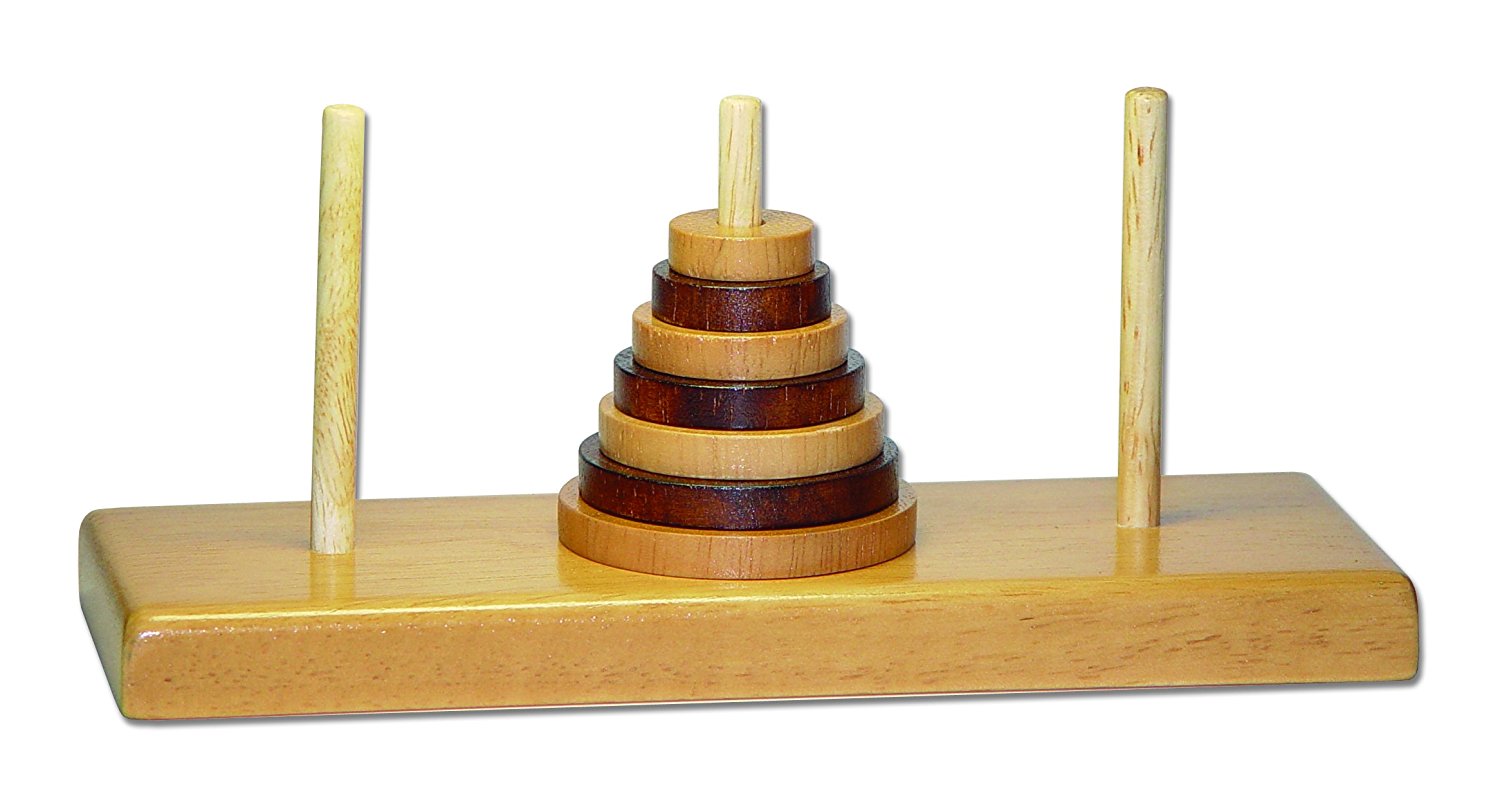
What will this program print?
a = 2 b = 3 def foo(): a = b + 1 a = a + 1 return a def bar(): global b b = a + 3 return b def baz(): return a + b def thud(): a = b + 1 b = a + 1 return a print(foo()) print(bar()) print(baz()) print(thud())
Write a function no_zeroes(n) that takes an integer n and returns an integer formed by removing all zeroes from the end of n's decimal representation. For example:
no_zeroes(54000) = 54
no_zeroes(2256) = 2256
As a special case, no_zeroes(0) = 0.
You may not use any loops in your solution, so you will need to write the function recursively.
Write a recursive function isPowOfTwo(n)
that returns True if
n is a power of 2.
Write a function sum(a, i, j) that computes the sum of the values in the range a[i:j]. You may not use any loops or call the built-in sum() function, so you will need to use recursion.
Write a function max(a, i, j) that computes the maximum value in the range a[i:j]. You may not use any loops or call the built-in max() function, so you will need to use recursion.
The Tower of Hanoi is a well-known puzzle that looks like this:

The puzzle has 3 pegs and a number of disks of various sizes. The player may move disks from peg to peg, but a larger disk may never rest atop a smaller one. Traditionally all disks begin on the leftmost peg, and the goal is to move them to the rightmost.
Write a program that reads an integer N and prints a solution to the Tower of Hanoi with N disks. Assume that pegs are numbered from 1 to 3, and all disks begin on peg 1 and must move to disk 3. For example:
How many disks? 2
move disk 1 from peg 1 to peg 2
move disk 2 from peg 1 to peg 3
move disk 1 from peg 2 to peg 3Solve Project Euler's problem 6 in one line of Python using list comprehensions.